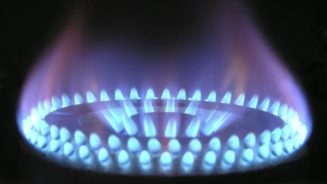For some analysts, like RBC Capital Management, the answer is, most likely yes. In a recent note the firm said while the rally so far has been justified as the metal has “done its job as a safe haven, a currency, a risk hedge, and an asset of last resort, especially as uncertainty imperilled the prospects of many other liquidly traded assets,” it does not believe that investor demand is likely to drive prices much higher than $1365/oz this year.
Others, however, are less convinced, believing that investor concerns around the efficacy of central bank policy and the shift to negative interest rates have only begun to manifest themselves and as they increase, so too will demand for gold.
According to John Mulligan, head of member and market relations at the WGC, the trends seen in the first half of 2016 have continued in July with a further 80 tonnes of gold bought by ETF investors, over half of it in Europe. And, he points out, not only has the increase in investment demand been stronger than it was in 2009 and, as a barometer of risk awareness, gold’s star has risen.
Asked how much of the recent demand can be considered sticky, Mulligan concedes that there is an element of hot flows, but said there has also clearly been an increase in strategic allocations, especially he added, as the opportunity cost of holding gold is now competitive in a world of negative rates.
For investors, the decision to buy or sell gold at these levels boils down to what you are hoping to achieve from the holding.
If you are after a diversifying asset, then the current price should matter less than its level of correlation to other asset classes. In this case, the argument is sound as is evident from the graph below.





